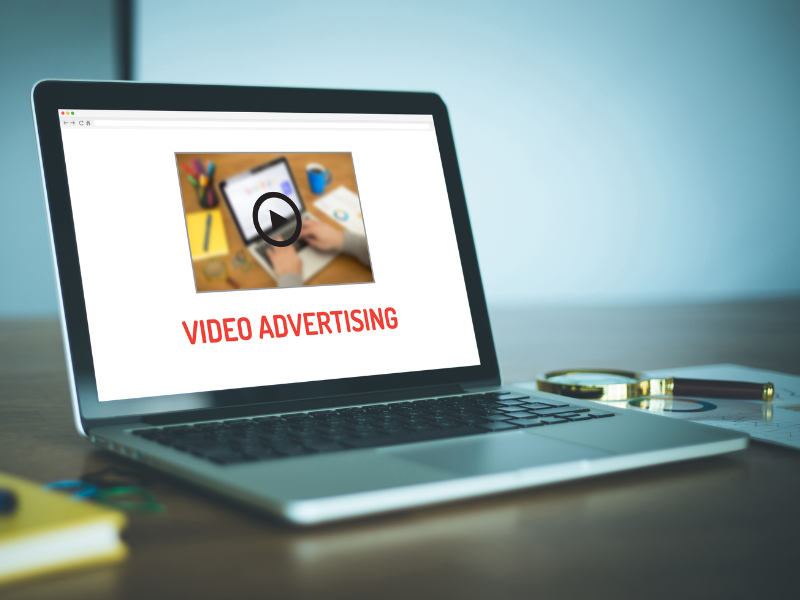When Pigs Fly: How to Make Your Online Video Soar


Donor Detectives Team
“Where’s Papa going with that ax?” said Fern to her mother as they were setting the table for breakfast.
“Out to the hog house,” replied Mrs. Arable. “Some pigs were born last night.”
So begins the classic book, Charlotte’s Web.
“What’s that got to do with your online videos?” you ask.
Well… everything.
Within those few, little power-packed sentences are the key to making great videos that will captivate existing donors, capture new donors and compel the general public to be intrigued about your cause.
More on that in a second. But first a few key thoughts about video…
1. Why Video?
Online and mobile video use has exploded. “Between April 2015 and November 2015, the amount of average daily video views on Facebook doubled from 4 billion video views per day to 8 billion.” And… “Midway through 2015, mobile video plays exceeded 44% — up 74% from 2014 and up a whopping 844% since 2012.”
“Shoppers who view video are 1.81X more likely to purchase than non-viewers.” “Using the word “video” in an email subject line boosts open rates by 19%, click-through rates by 65% and reduces unsubscribes by 26%.” Source: Hubspot
Takeaway: If you’re not using video, you’re not communicating the way people want to be communicated to.

2. Why Storytelling? And Why Video Is the Best at Storytelling?
Scientist have actually researched the impact storytelling has on the human brain. They found: “… whenever we hear a story, we want to relate it to one of our existing experiences. That’s why metaphors work so well with us. While we are busy searching for a similar experience in our brains, we activate a part called insula, which helps us relate to that same experience of pain, joy, or disgust.” Source: The Science of Storytelling
Takeaway: We often use multi-channel marketing i.e. multiple EXTERNAL media outlets to communicate. But with a good story, you are creating multi-channel, INTERNAL connections within the brain. You aren’t just providing information; you’re evoking feelings, emotions. And you’re doing it through multi-sensory means i.e. sight and sound. With a good story, told through video, you connect donors on several, motivational levels with your organization.
3. What Makes Good Video Great?
The best stories contain conflict. Every charity is dealing with conflict. A homeless person who needs to be fed. A sick person who needs proper healthcare. An environmental problem that needs solved. But something or someone is standing in the way of getting there.
That’s why the opening lines in Charlotte’s Web work so well. There’s a little pig… there’s a happy place… but there’s the potential of death looming right around the corner. Will Wilbur die? We will stay with that story until the very end.
Takeaway: Ask yourself: what is my non-profits’ “conflict?” And how can I lead with that? Think of it as the core of the watermelon. Get to the heart of the matter in the opening image… the opening line. Then carry that conflict out until the end, showing viewers how your charity brought the resolution.
4. Wait to Ask… and You Shall Receive
Today’s audiences are increasingly skeptical. If they feel in the least way that they are being manipulated, they’ll turn off and not help out your cause.
You don’t need to “ask” right at the end of the video. If you’ve produced your video properly – i.e. telling a powerful, emotion-driven story – you can give your donor a moment to let that sink in. Let the emotions you’ve stirred work their magic.
Then… direct them to your website or your donation page. The viewer/donor’s brain will put the “ask” page in a completely different category from the video they’ve just watched. Now, it’s okay to be asked. It’s okay to give.
Takeaway: You’re creating a powerful story that brings out authentic emotions and empathy with your donors. Don’t allow the viewers to feel manipulated, like their emotions were played upon simply to squeeze a dollar out of them.
5. Video on a Budget
The key is provocative content. Think creatively. What do you do that’s unique?… that’s newsworthy?… that hopefully could go viral? Don’t worry that it may be a little shoddy around the edges… or filmed on an iPhone. Make it real!
Another option: photomation. There is so much that can be done in post-production editing with still photos that’s way beyond “slide shows.” You might have to spend a few bucks, but get a good video editor. See how they might cut together your existing photos with good storytelling, creative cuts and powerful music.
Another option: tap film school students. They’re always looking to hone their craft. Invite them to come to your charity and create a unique video. Challenge them to do something that is outside-the-box.
Of course, if you have the money, then hire a production team. But make sure you look at what they’ve produced. Is it just basic, “industrial” video… or is there some flair to it? Remember, creativity and emotion are the key… not simply conveying information about your cause.
Takeaway: be creative when it comes to paying for creative video.
All-in-all, if you follow these simple ideas, you’ll begin to see your videos and hopefully, your donations soar.